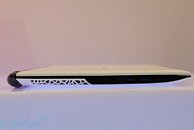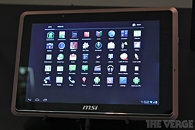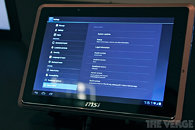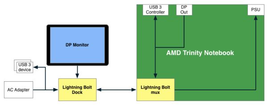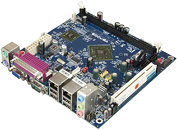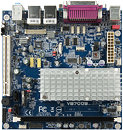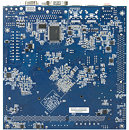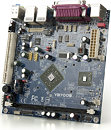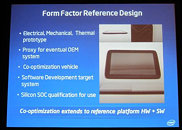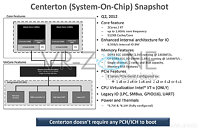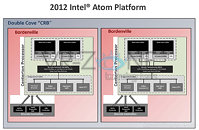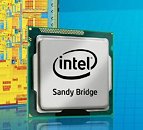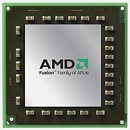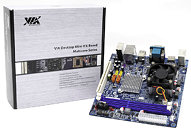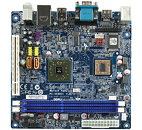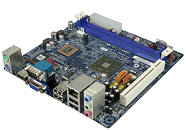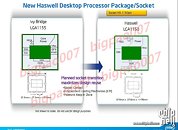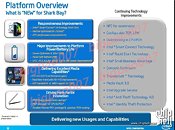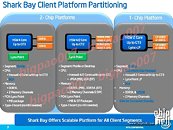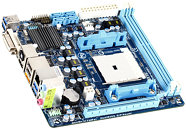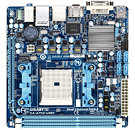
Windows-on-Windows ARM Confirmed?
Back in the 1990's, when the software industry knew the 32-bit x86 address-space limitation was closing in, they geared up for transition to another machine architecture, then came AMD64 and EM64T, which allowed an x86 processor to perform in both 64-bit and 32-bit modes. Microsoft didn't want users of its 64-bit Windows to be deprived of using software coded for 32-bit Windows, which was infinitely more in number than 64-bit software. Hence it developed what is known as Windows-on-Windows 64 (WOW64), a translation layer that interfaces 32-bit software and drivers to the 64-bit OS and drivers. With its next major Windows version, Windows 8, Microsoft wants to give the ARM architecture a big push, with a Windows 8 version for ARM computing devices (such as tablets and netbooks). Guess what?
A latest bulletin at MSDN hints at the possibility of Microsoft working on a x86-to-ARM translation layer, which allows you to run desktop windows (Win32) software on Windows 8 ARM, effectively "Windows-on-Windows ARM". Without specifically pointing out the ability to run Win32 software on ARM, the bulletin mentions the ability to run non-metro applications (native Windows) on SoC (system-on-a-chip) architectures. It could also just be a reference to Intel's single-chip SoCs such as Medfield, which are x86-based. If Microsoft pulls off a "WOWARM", it could spell terrible news to Intel, because something such as the hypothetical WOWARM is all that stands between ARM and high-performance desktop PCs. In a market that only has two other competitors (AMD and VIA), dozens more could join in overnight, including NVIDIA's karmic entry after being shunned off an x86 license.
A latest bulletin at MSDN hints at the possibility of Microsoft working on a x86-to-ARM translation layer, which allows you to run desktop windows (Win32) software on Windows 8 ARM, effectively "Windows-on-Windows ARM". Without specifically pointing out the ability to run Win32 software on ARM, the bulletin mentions the ability to run non-metro applications (native Windows) on SoC (system-on-a-chip) architectures. It could also just be a reference to Intel's single-chip SoCs such as Medfield, which are x86-based. If Microsoft pulls off a "WOWARM", it could spell terrible news to Intel, because something such as the hypothetical WOWARM is all that stands between ARM and high-performance desktop PCs. In a market that only has two other competitors (AMD and VIA), dozens more could join in overnight, including NVIDIA's karmic entry after being shunned off an x86 license.




